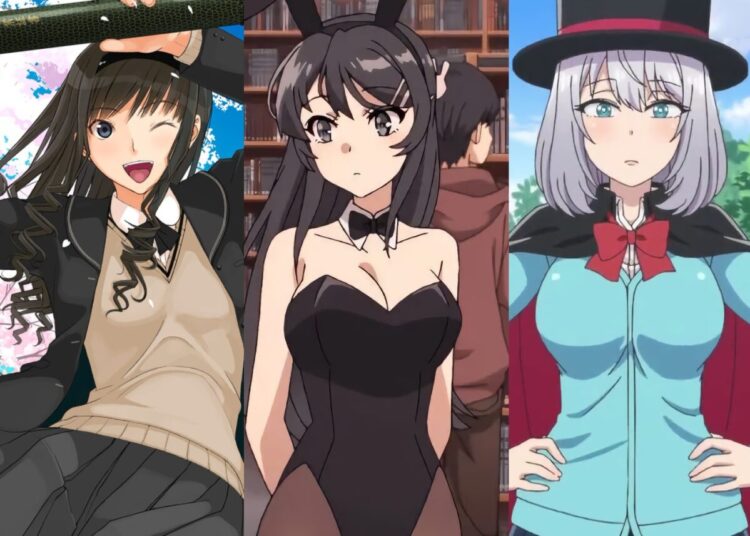Hello again from J-List!
The show has come to an end and Yasu and I are very tired. We’ve had a great time at BAAF, and also enjoyed seeing the sights of New York, but now it’s time to go home. Tomorrow I leave for Japan, laden with many omiyage (oh-MI-ya-gay) for J-List staff and family. Yasu is going to take a few days off to visit Philadelphia, where he attended university, since he’s in the neighborhood. We met a lot of great people at the convention, including many J-List customers who came by to say hello. Thanks to everyone!
Studying the names of Japanese companies can be interesting. For example, I’ll bet you never knew that Kyocera is short for “Kyoto Ceramics.” The number one car company in Japan is Toyota, which is located in Toyota City, Aichi Prefecture (near Nagoya) — but the company came first, and the city changed its name later because the company was based there. The number two Japanese car company is Honda, founded by Soichiro Honda to make motorcycles after the end of World War II. Mazda, which is largely owned by Ford, is really called Matsuda in Japan. Datsun’s name has an interesting story — DAT were the first letters of the names of three founders, and they considered the company they were founding to be their son, thus DATSON. However, “son” (with a long vowel, so that it rhymes with bone), means “loss” or “disadvantage” in Japanese, so they changed it to “sun,” a much more cheerful word. Datsun was later bought out by one of its distributors, Nissan (which means “Made in Japan”). Several Japanese companies grew out of Japan’s “zaibatsu” (trade cartels) which had existed for hundreds of years, the three biggest being Mitsubishi, Mitsui, and Sumitomo.
Although Sumo wrestling is the official national sport of Japan, receiving special status from the Japanese government, the hearts of Japanese sports fans belongs to good old American baseball. There are twelve teams in Japan, organized into the central and pacific leagues. Teams often carry the names of the companies that own them, such as Yomiuri Giants (owned by the Yomiuri Newspaper Company), the Seibu Lions (Seibu is a department store that has a big sale when their team wins), and Yakult Swallows (Yakult is a popular yogurt drink). The strongest team in Japanese baseball is the Giants, which was led by the most famous man in Japanese baseball history, Shigeo Nagashima, until he retired in 2001. If you go to a Japanese baseball game, you might be surprised to see how organized the fans are. At Swallows games, fans bring a blue umbrella and do a traditional dance called the Tokyo Ondo at the bottom of the 7th inning. At Tigers games in Osaka, fans blow up balloons and release them into the air at the same time, also at the bottom of the 7th. Japanese teams hire foreigners (usually scouted from minor leagues in the U.S.) to help their teams, but they’re only allowed to play two foreigners in any game, a limit that maintains the “Japaneseness” of the sport here. Although Baseball was imported from the USA, it was considered “unpatriotic” to use English during World War II. As a result, virtually all the terms used in baseball are written with archaic kanji derivatives (i.e. “one death” in place of “one out”), although the English words are also used when speaking the terms out loud.
For the big new update, the J-List staff has added dozens of great new products to the site for you. They include wacky Buddhist prayer beads that you can wear, cool Hello Kitty items including Kitty calculators, more Totoro stamps, more snacks and food items, cool Dragonball figures, Japanese cute erasers that look like fruits, the rare Macross 1/48 scale Max Jenius version fighter, and more wacky items from Japan. For adult customers, we have many new products on the site, too. Please see them if you are over 18.
J-List carries over 2000 unique products from Japan, a lot of products for you to check out. You can always view all products using the handy “view all products” link in the upper left hand corner of every page. All products are displayed, with the most recently added or updated products showing at the top, cascading down in order. It’s a great way to check out everything that’s new at J-List!















